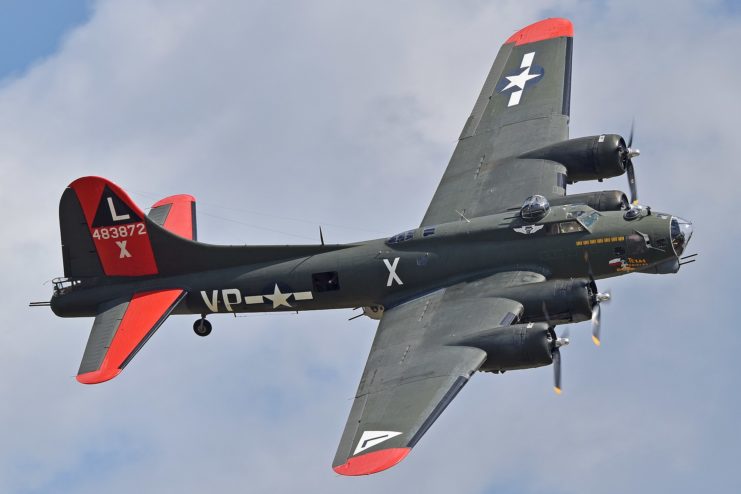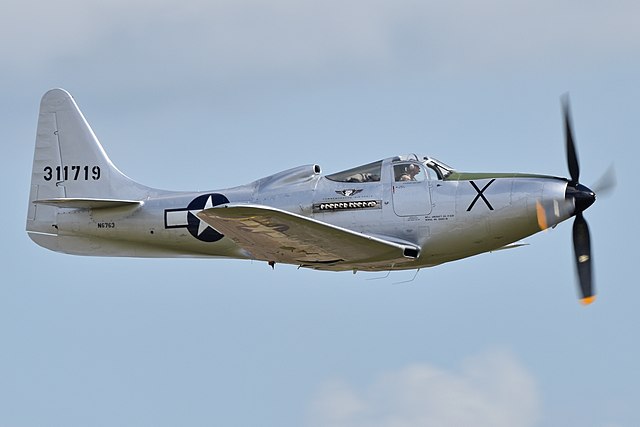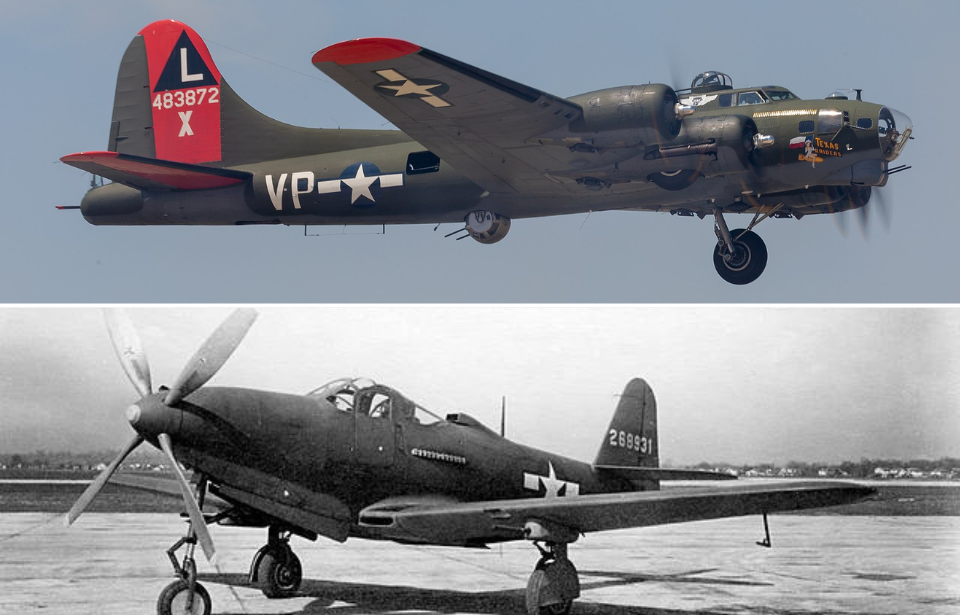Tragedy struck the Wings Over Dallas air show on November 12, 2022 when two World War II-era aircraft crashed mid-air. As of publishing, six are confirmed dead as a result of the accident, with Dallas Mayor Eric Johnson calling it a “terrible tragedy.”

The two aircraft, a Douglas B-17G Flying Fortress and a Bell P-63F Kingcobra, were flying at a low altitude around 1:20 PM local time when the crash occurred at the Dallas air show. Videos shared to social media show the front of the B-17 break off and both aircraft fall to the ground. Upon impact, the heavy bomber’s wings erupted into flames. While no one on the ground was injured, all six of those in the aircraft were pronounced dead.
Dozens of Dallas Fire-Rescue vehicles and law enforcement personnel responded to Dallas Executive Airport, where the air show was taking place. An examination of the surrounding area showed debris had been strewn across not only the airport grounds, but also a nearby strip mall and US Route 67.
Between 4,000 and 6,000 spectators were present at the Dallas air show when the crash occurred. Speaking with the BBC, Christopher Kratovil, one of the attendees, shared how fast the reality of the situation set in on those present. “It went from being a fairly excited, energetic crowd… to complete silence and stillness, and a lot of people, including myself, turned their children towards them and away from the airfield because there was burning wreckage in the middle of the airfield,” he said.
He added in an interview with The Dallas Morning News, “It’s really tragic to lose one of the last operational B-17s in the world. It’s an important part of American history, it’s an important part of world history.”

The accident put an end to the decades-long careers of the two aircraft involved. Texas Raiders entered service with the US Navy in July 1945, after being delivered to the US Army Air Forces. It was one of the last 20 manufactured by Douglas Aircraft, and served as a PW-1W Patrol Bomber. After the PB-1W was phased out in 1955, Texas Raiders was placed into storage and later sold to the CAF in 1967.
The P-63, operated by the now-shuttered CAF Airpower Museum, was one of just two “F” variants ever built. Unlike previous versions, it featured an Allison V-1710-135 engine and a larger vertical tail. It was one of only five P-63s to remain airworthy.
